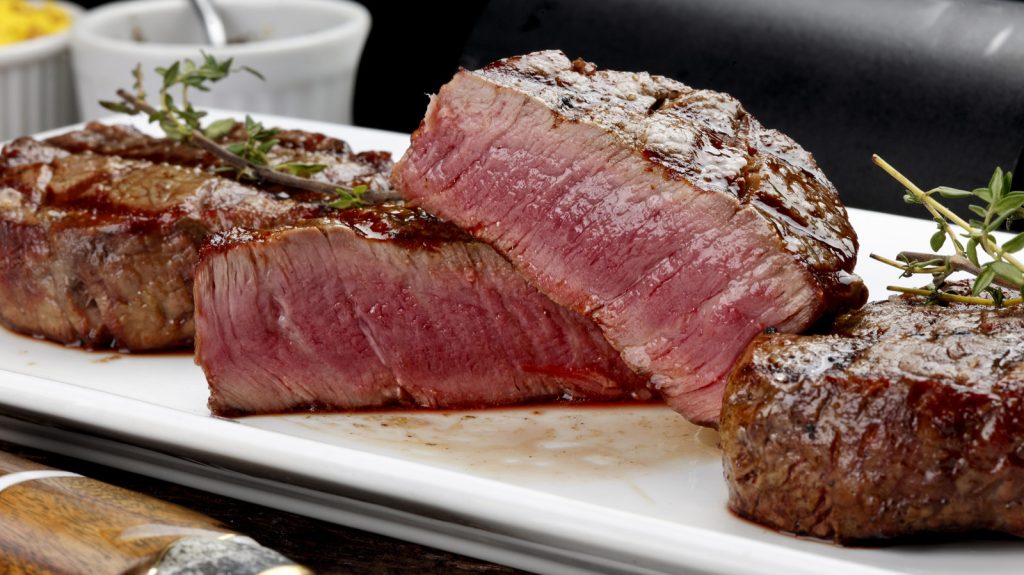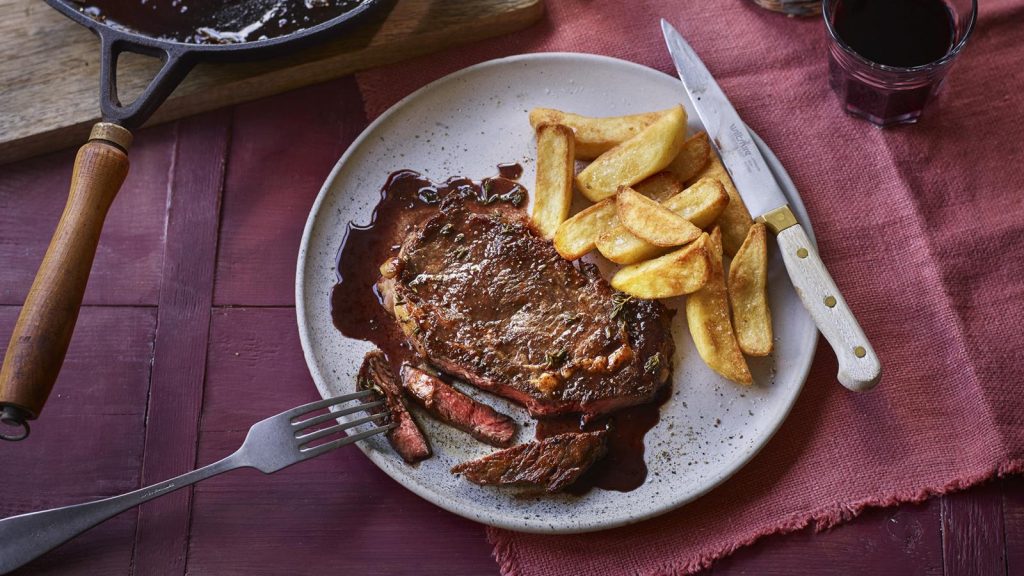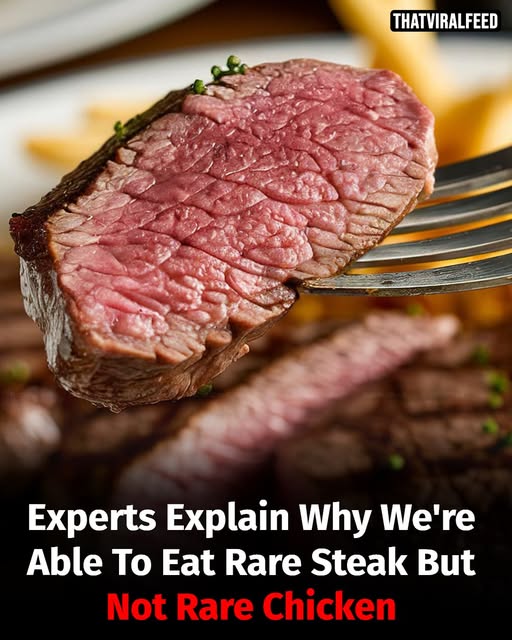Many steak lovers enjoy beef cooked to the rare or medium-rare point. One reason this is widely accepted is that a cut of beef comes from muscle tissue that is relatively sterile inside. When beef is butchered cleanly, harmful bacteria generally remain on the outer surface, not deep in the fibers. By searing the exterior at high heat, you effectively neutralize those surface pathogens, leaving the interior tender and still red. This makes rare steak much safer to eat than many people assume.
In addition, chefs and restaurants often use specialized handling, aging, and strict supply chains to reduce bacterial risk further. The combination of a clean cut, controlled processing, and thorough searing helps make rare beef a reasonable, though not zero-risk, choice.
Why Rare Chicken Is Dangerous
Chicken, however, behaves very differently. Poultry meat is more porous and its structure allows bacteria to permeate deeper rather than just staying near the surface. Pathogens such as Salmonella or Campylobacter can inhabit interior parts of the flesh, not just the outer layer. Because these bacteria may lie beneath the skin or within the meat, simply cooking the exterior does not guarantee safety. Thus, undercooked chicken carries a high risk of foodborne illness. No amount of surface searing can reliably kill microbes hidden inside. To render chicken safe, it must be cooked through to a sufficient internal temperature. The difference in how bacteria infiltrate beef vs. poultry is the central reason why rare steak is tolerated and rare chicken is condemned.

Ground Meat: Another Layer of Risk
Even with beef, caution is required when the meat is ground. When you grind a steak, bacteria from the surface become mixed throughout the interior. This transforms a piece of beef from one where pathogens are mostly on the outside, to one where they may be distributed inside. That’s why rare burgers are considered riskier than rare steak—every bite may carry microbes that haven’t been killed by external heat. Because of this, ground meat is typically recommended to be cooked fully through.
Culinary Exceptions and Cultural Practices
Although rare or raw chicken is generally inadvisable, there are niche culinary practices where thin slices of chicken (such as certain sashimi-style dishes) are served almost raw. In those cases, chefs use extremely strict sourcing, hygiene, and preparation techniques to minimize risk. Even so, those dishes remain controversial and are rarely recommended in general cooking. Some cooks experiment with sous-vide techniques, holding chicken at moderate temperatures for extended times to pasteurize it without fully “cooking” by traditional methods. But that approach demands precise temperature control, reliable equipment, and careful timing—any slip could allow harmful pathogens to survive.
Safe Cooking Temperatures
For poultry, the goal is clear: reach a high internal temperature where bacteria cannot survive. Chicken needs to reach around 165 °F (74 °C) for safety, ensuring the meat and juices are entirely cooked. Beef, by contrast, is often acceptable at lower internal temperatures for cuts meant to be rare or medium-rare—so long as the outer surface is properly seared. Using a meat thermometer is often the most reliable way to confirm safety. Guessing doneness by color or feel is risky, especially for chicken. Even slight pinkness can indicate undercooked poultry.
Preventing Cross-Contamination
Another danger with chicken is contamination of other foods in your kitchen. Raw chicken juices can carry pathogens that contaminate cutting boards, knives, or surfaces. If those surfaces then touch vegetables or other ready-to-eat items, you risk spreading bacteria to foods you won’t cook further. Always use separate utensils and workspaces, wash hands thoroughly, and sanitize any surfaces that touched raw poultry. While cross-contamination is also a concern for beef, the risk is typically lower when dealing with intact cuts. However, when ground meat or mixed pieces are involved, the same vigilance is required.

Conclusion
In summary, the difference between eating rare steak and avoiding rare chicken comes down to microbial behavior and meat structure. Beef cuts tend to harbor bacteria on the surface, making them safer when properly seared. Chicken’s porous flesh, however, allows pathogens to infiltrate deeper, requiring it to be cooked fully through to guarantee safety. Ground meats further complicate things by mixing those pathogens throughout. While adventurous culinary techniques push boundaries, the rules of heat and hygiene remain essential to protect health.

















